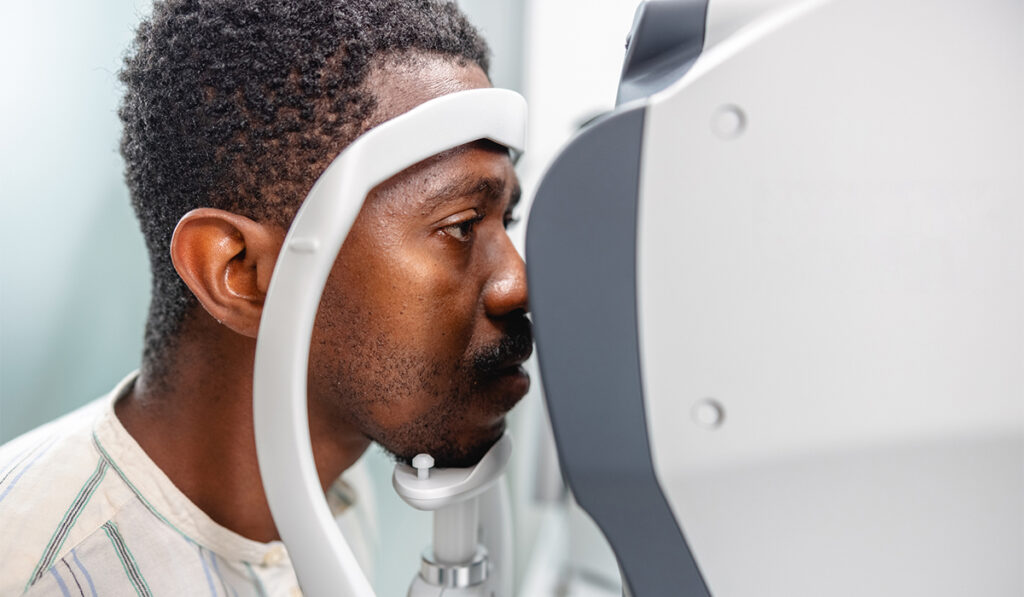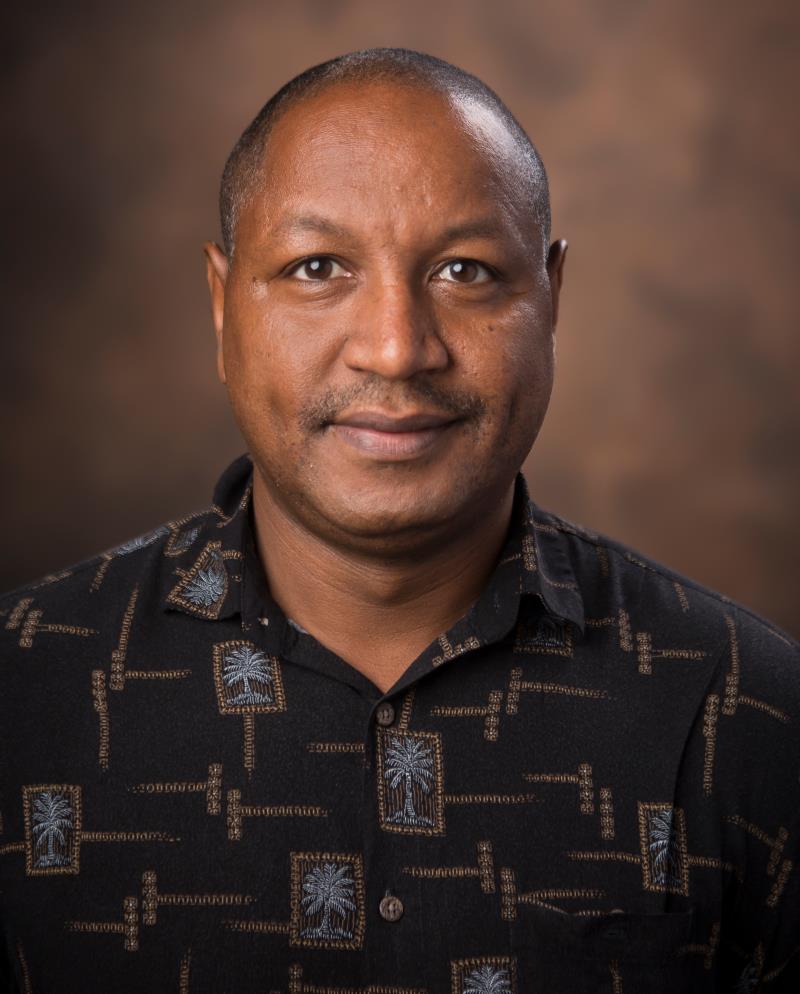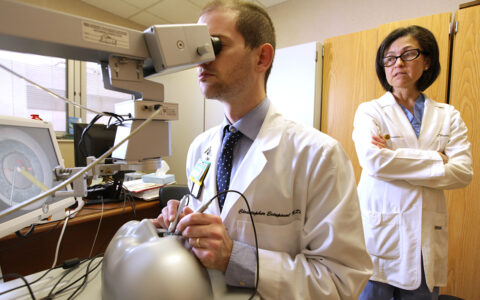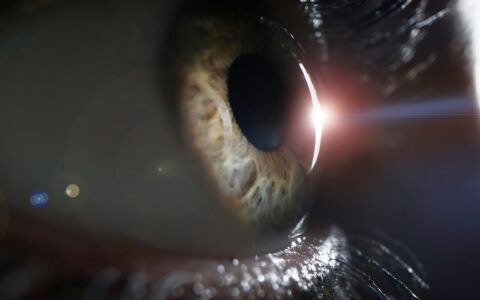An international study using multi-ancestry biobanks has identified ancestry and sex links to primary open-angle glaucoma (POAG).
The findings, published in Cell Reports Medicine, detail ancestry- and sex-specific POAG loci and implicate vascular and cancer-related genes in disease risk.
POAG is the leading cause of irreversible blindness worldwide, with the number of adult cases estimated at 53 million in 2020 and projected to reach about 80 million in 2040.
“Although there has been significant progress using genome-wide association studies to explore the genetic pathophysiology of glaucoma in humans, there is still a lack of understanding of the underlying pathogenic and genetic mechanisms that could explain the differences in prevalence, clinical presentation and outcomes for POAG across ethnicities and sex,” said Jibril Hirbo, Ph.D., a research assistant professor of genetic medicine at Vanderbilt University Medical Center and the corresponding author of the new study.
Not all gene variations linked to POAG are alike.
“Migrations with clustering in separate locations across the globe have resulted in different ancestries developing different gene variations over time,” said Karen Joos, M.D., Ph.D., Joseph and Barbara Ellis Professor of Ophthalmology at the Vanderbilt Eye Institute and a coauthor of the study.
“For instance, we know POAG disproportionately affects people with African ancestry.”
In a collaboration involving institutions around the world, Hirbo, Joos, and colleagues performed a meta-analysis of data from 15 biobanks that are part of the Global Biobank Meta-analysis Initiative (GBMI), a network linked to de-identified EHRs from four continents.
BioVU, Vanderbilt’s biobank and one of the first established worldwide, is a participant in the GBMI network.
“The combined dataset represents the largest and most diverse POAG study to date with almost 1.5 million individuals and 46,235 POAG cases.”
“The combined dataset represents the largest and most diverse POAG study to date with almost 1.5 million individuals and 46,325 cases,” Hirbo said.
Exploring Genetic Effects
To identify functional roles of glaucoma-associated variants and tissues mediating genetic effects, the investigators used publicly available genotype-tissue expression data and performed gene enrichment studies. They found that these, along with transcriptome-wide association studies, implicated vascular and cancer genes in POAG risk.
In the meta-analysis of the biobanks, the research team identified 62 genetic risk loci, six of which were novel. They then merged their analysis with previously published multi-ancestry genome-wide association studies and used “sophisticated statistical methods to identify unique molecular actors across ancestries,” Hirbo said.

Previously, the investigators had used similar methodologies to explore exfoliation syndrome and the role of its associated inflammatory processes in glaucoma development.
With their additional analyses, the researchers narrowed their list down to 17 novel genetic loci associated with POAG, five of which were specific to certain ancestries. Specifically, 20 percent of the associated genes were related to primary cilia, a structure on the surface of many vertebrate cells involved in cell proliferation and signaling. The new study also lists genetic variants associated with male or female participants with POAG.
Once individual genes are identified in this type of study, Joos explained, confirmation can then occur in a controlled laboratory setting.
“Investigating mechanisms that influence primary cilia functionality will contribute to understanding the role of this structure in the pathogenesis of glaucoma and point to new therapeutic targets and strategies,” Hirbo said.
More Diversity Needed
The study is one of the few to include such a breadth of participant ancestries.
Researchers have long acknowledged the lack of diversity in genomes available for study. A 2021 study found that about 86 percent of individuals included in most large-scale genome-wide associated studies of disease were of European descent.
“This has exacerbated existing health disparities, particularly for non-European ancestry individuals,” Joos said. “When researchers choose genetic or molecular targets for new medicines or create models to predict who is at risk of developing a disease, they tend to make decisions on the basis of non-diverse data, because that’s the bulk of what is available.”
Although the new analysis associated large ancestry- and sex-specific loci with POAG, Hirbo noted that the participants represented by the GBMI biobanks are still predominantly of European ancestry. The investigators are seeking to increase representation of participants from other ancestries found in international biobanks.
“Cohorts that include ethnic minorities will improve knowledge transferability and health equity, not just for glaucoma research, but across disciplines.”
“Recruitment of cohorts that include ethnic minorities will improve knowledge transferability and health equity, not just for glaucoma research, but across disciplines,” Hirbo said.
“This work is only the beginning,” Joos added. “We expect we will continue to expand discovery in the future as additional diverse biobanks join the consortium, and more samples are included for analyses.”
A previous version of this story was reported by Leigh Macmillan in “VUMC News.”






